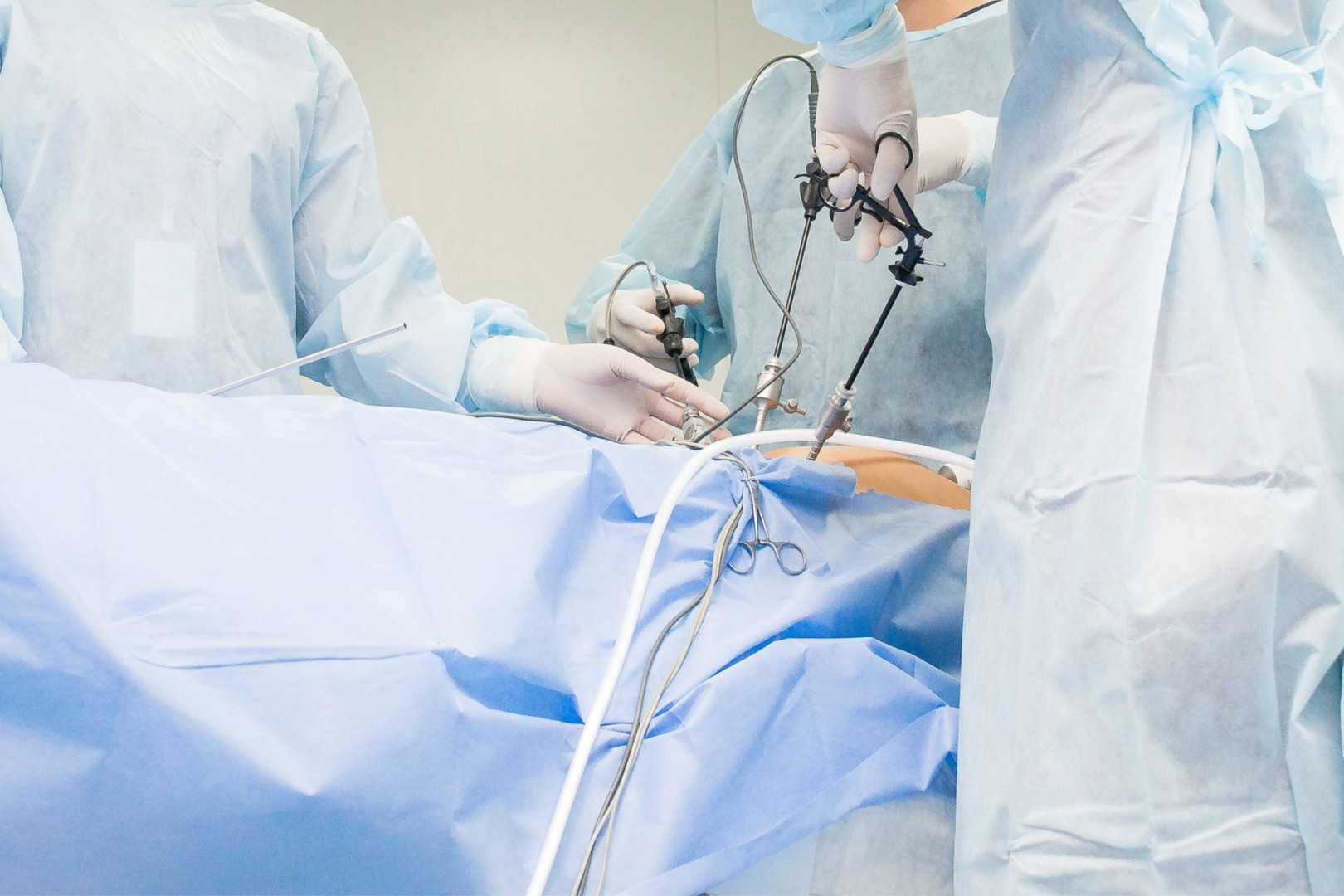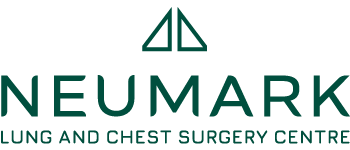There’s one thing that we do more than any other. It’s not sleep, work, or play. It’s breathing. Thankfully, we don’t have to overthink about doing it. However, when our respiratory system falls prey to infections or complications, we must consider our breath and how to keep our bodies healthy. One condition that demands our attention is lung empyema, a potentially life-threatening ailment affecting the pleural space surrounding the lungs.
Defining Empyema, A Closer Look
Empyema is derived from the Greek word empyein meaning ‘pus-producing’. This condition is characterised by the accumulation of pus in the pleural space between the lungs and the chest wall. This buildup of infected fluid can cause significant discomfort and, if left untreated, lead to severe complications.
But what are the causes of empyema of the lungs? The roots of this condition often lie in a preexisting lung infection, such as pneumonia or bronchitis. In some cases, chest trauma or surgery can also cause lung empyema to develop. As the infection progresses, the body’s immune response leads to the accumulation of pus, creating a hostile environment within the pleural cavity.
Recognising the Symptoms Is Key to Early Detection
Identifying lung empyema in its early stages can significantly improve the prognosis and treatment outcomes. The symptoms may be subtle at first, often mimicking those of other respiratory conditions. Patients typically experience fever, chest pain that worsens with breathing, and a persistent cough. As the condition progresses, symptoms can intensify, including shortness of breath, fatigue, and weight loss.

It’s important to note that the severity of empyema symptoms can vary from person to person. Some individuals might experience mild discomfort, while others could face severe respiratory distress. This wide range of symptoms illustrates why we need to be attentive to our breathing: the best way to improve our recovery is to seek medical attention at the first sign of persistent respiratory issues.
The Diagnostic Journey
When a patient presents with symptoms that suggest empyema, thoracic specialists begin a comprehensive diagnostic investigation. This typically involves a combination of physical examinations, imaging studies, and laboratory tests. Chest X-rays and CT scans are important because they help visualise the extent of fluid accumulation and any associated lung abnormalities.
In some cases, a procedure called thoracentesis may be performed. This involves inserting a needle into the pleural space to analyse fluid. The composition of this fluid can provide valuable insights into the underlying cause and guide treatment decisions.
From Conservative Treatment Approaches to Surgical Interventions
The treatment of empyema has evolved significantly over the years, with modern medical advancements offering a range of options. The choice of treatment largely depends on the severity of the condition, the patient’s overall health, and the stage at which the empyema is diagnosed.
In its early stages, lung empyema may respond to conservative treatments such as antibiotics and chest tube drainage. These approaches aim to combat the underlying infection and remove the accumulated fluid. Conservative treatments are usually preferable whenever possible. However, surgical intervention becomes necessary in more advanced cases or when conservative methods prove insufficient for treating empyema.
Uniportal Video-Assisted Thoracic Surgery (U-VATS) as Empyema Treatment
Among the surgical options available for empyema, uniportal video-assisted thoracic surgery (U-VATS) has emerged as a groundbreaking technique. This minimally invasive approach represents a significant leap forward in thoracic surgery, offering numerous benefits to patients and surgeons alike.
U-VATS involves making a single small incision, typically about 3-4 centimetres long, through which specialised instruments and a high-definition camera are inserted. This single-port approach stands in stark contrast to traditional thoracotomy or multi-port VATS, which require larger or multiple incisions.
The benefits of U-VATS in treating empyema are manifold. Firstly, the smaller incision reduces postoperative pain and the risk of wound complications. Patients often experience faster recovery times and shorter hospital stays than those undergoing traditional open surgeries. The cosmetic outcomes are superior, with only a tiny scar after healing.
From a surgical perspective, U-VATS provides excellent visualisation of the pleural space, allowing surgeons to perform complex procedures precisely. The technique enables thorough debridement of infected tissue, effective drainage of pus, and, when necessary, decortication of the lung to restore its expandability.
Moreover, U-VATS has shown promising long-term outcomes. Studies have indicated lower rates of chronic pain and better preservation of lung function in patients treated with this technique. This is especially important as empyema can arise from postoperative complications in some cases. Knowing the safety and stability of U-VATS can give patients peace of mind if they have any concerns about surgery.

It’s important to note that while U-VATS offers numerous advantages, its success largely depends on the surgical team’s expertise. The technique requires specialised training and a deep understanding of thoracic anatomy. As such, patients must seek treatment at centres with experienced thoracic surgeons who are well-versed in this advanced procedure.
The Road to Recovery: A Collaborative Effort
Regardless of the treatment approach, recovery from empyema requires patience and dedication. Post-operative care plays a crucial role in ensuring optimal outcomes. This typically involves pain management, respiratory physiotherapy, and ongoing medical supervision.
Patients are often encouraged to engage in breathing exercises to promote lung expansion and prevent the formation of adhesions. Regular follow-up appointments allow healthcare providers to monitor progress and promptly address concerns.
Neumark Lung & Chest Surgery Centre in Singapore stands at the forefront of thoracic medicine, offering the latest treatments, including U-VATS. With a team of experienced thoracic surgeons and a commitment to patient-centred care, the centre provides comprehensive management of complex respiratory conditions. Contact Neumark Lung & Chest Surgery Centre today to schedule a consultation and take the first step towards optimal respiratory health.

